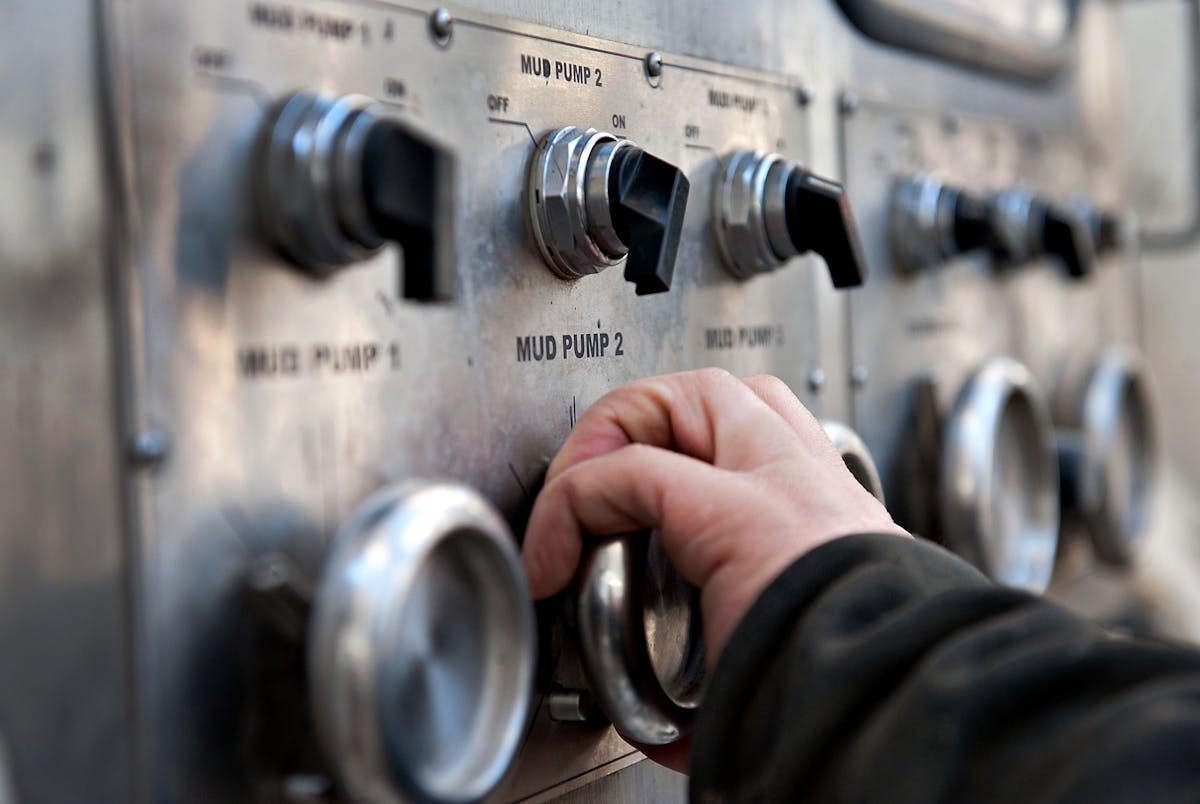North Dakota's oil boom has lured thousands of new workers to the state, but it still needs more.
A lot more.
Minnesota's neighbor to the northwest is on the verge of a new national advertising campaign that it's calling "Find the Good Life in North Dakota." The hope is to lure enough warm bodies — and skilled workers — to fill 25,000 jobs now vacant, and another 76,000 that it expects to see by the end of the decade.
These aren't just rough blue-collar jobs in the western oil fields, where workers can pull in a six-figure salary but still end up sleeping in their cars because there isn't enough housing to go around.
Flush with cash, North Dakota is in the middle of a second boom — one being driven by an onslaught of new homes, roads, schools, hospitals and businesses statewide. Now it needs to find enough qualified workers to build, and fill, those buildings.
"We have about 15 openings right now," said Jim Traynor, director of market development at Intelligent InSites, a Fargo-based software company. The company has grown so fast it's moving to larger quarters for its staff of 80 and counting.
But how hard is it to sell high-tech, creative types on a move to Fargo?
"It's harder to first get [prospective employees] here to experience it," Traynor, a native North Dakotan, said with a laugh. The sales job gets easier, he said, once job candidates see the city and meet their future neighbors.
"The Coen brothers made [Fargo] out to be this off-color, strange place," he said. "Fargo is fun, it's safe. It's warm on the inside."
The "Find the Good Life" campaign hopes to get that message out nationwide, with a particular eye toward the workforce in neighboring Minnesota. About half the workers who have migrated into North Dakota since 2010 have come from Minnesota — more than 15,000 in 2012 alone.
The ad campaign is being funded by a mix of public and corporate dollars. The Hess Corp., one of the energy companies fracking the Bakken shale formation, chipped in $400,000. The North Dakota Department of Commerce matched the contribution, and other businesses are contributing as well.
These aren't the hectic first years of the oil rush, when workers crowded, then overcrowded, the tiny communities around the western oil fields. Now, more than a third of the population growth is in eastern North Dakota — far from the oil, but close to Minnesota. The Census Bureau ranked Fargo as the fourth fastest-growing metropolitan area in the country this year.
Despite stories about workers living out of their cars, or enduring horrific cross-state commutes, North Dakota — with a state population roughly comparable to Minneapolis and St. Paul combined — boasts plenty of room for more people.
"I think you could fit all the population of North Dakota into Minnesota's largest county — twice," joked Kevin Iverson, manager of the census office at the North Dakota Department of Commerce. "In terms of space, I think we're doing OK."
When the Good Life campaign was announced in March, state development officials issued a memo noting that the ads would "target job seekers in states with an available workforce with the skills sets we need in North Dakota, and with high under- and unemployment. The campaign will primarily target: MN, WI, IN, IL, MI, OH and PA."
Minnesota doesn't have a million-dollar marketing budget to attract workers. But state development officials argue that they don't need to sell a state that sells itself.
"We know that you need to have a full environment for a worker to move to a state," said Katie Clark Sieben, head of the Minnesota Department of Employment and Economic Development. "It's about job openings, but it's also about a high quality of life, a strong business climate, a stable economy. All the things Minnesota has and North Dakota wants."
So is Minnesota in competition with North Dakota?
"The reality of today's global climate is that we're in competition with everyone," Sieben said.
Jennifer Brooks • 612-673-4008

Souhan: Wolves fans made Game 1 special. Now bring on Game 2.

Kao Kalia Yang, Edel Rodriguez and others bring us gorgeous new picture books
Tip sparks new search for Blaine woman who went missing 30 years ago

